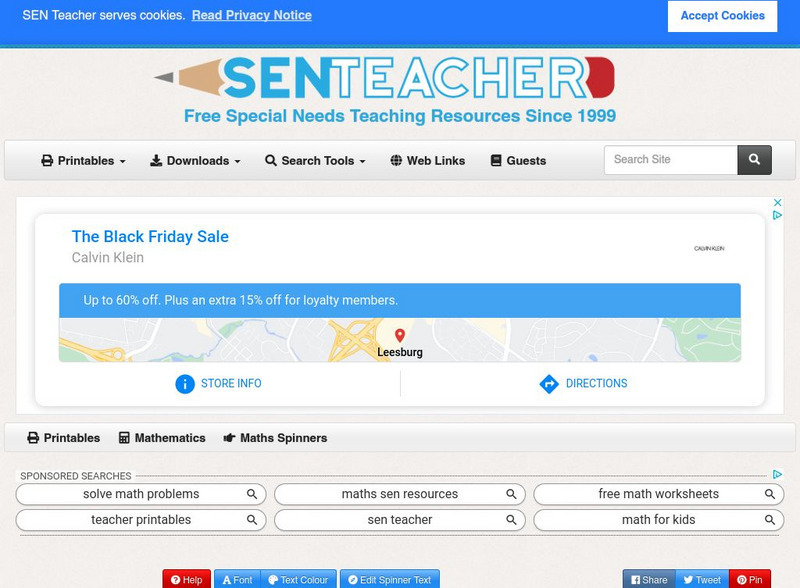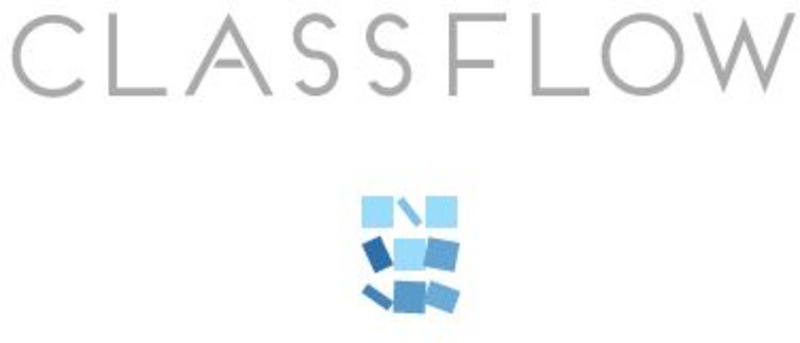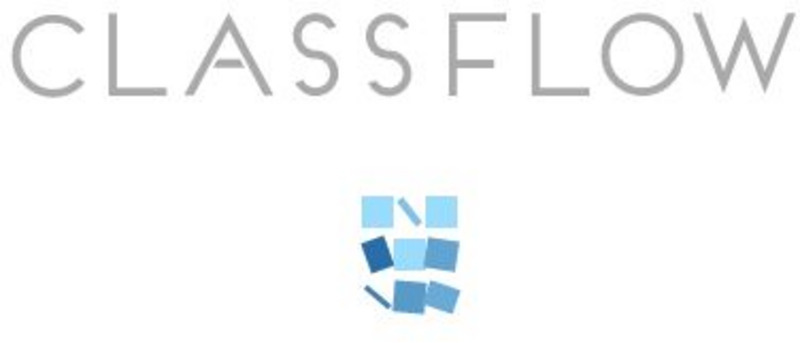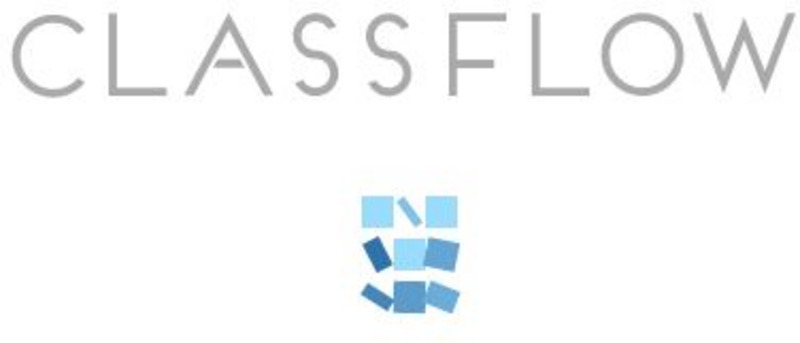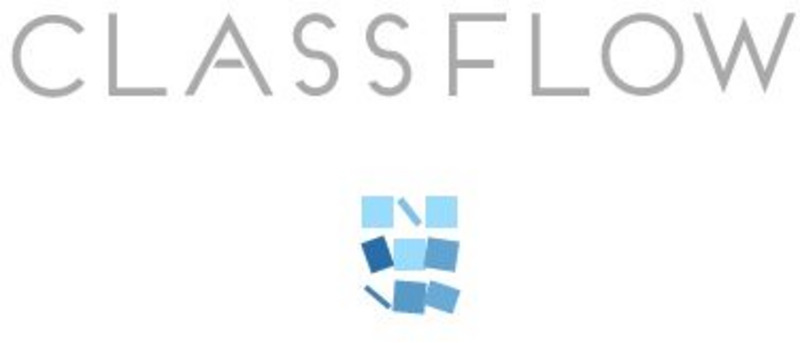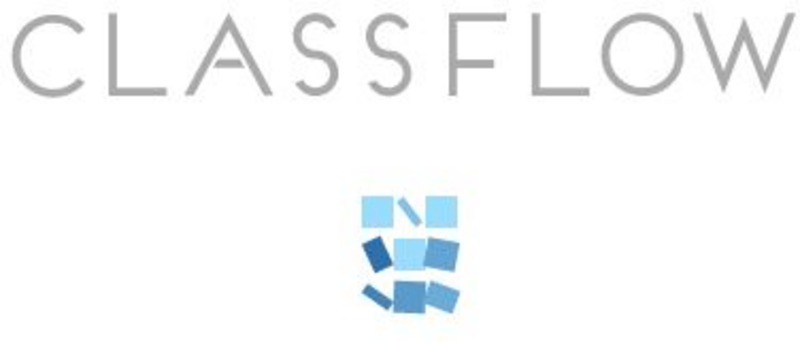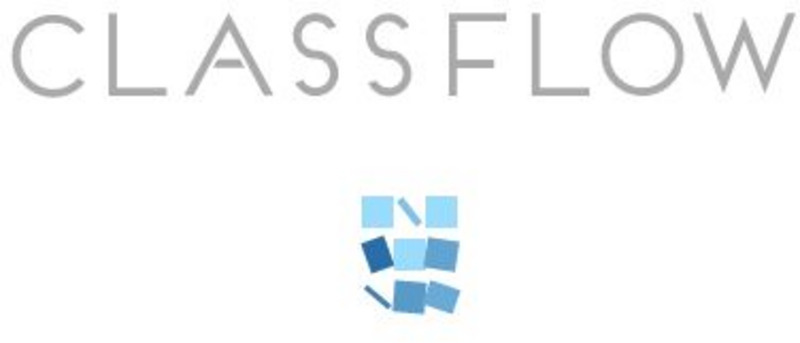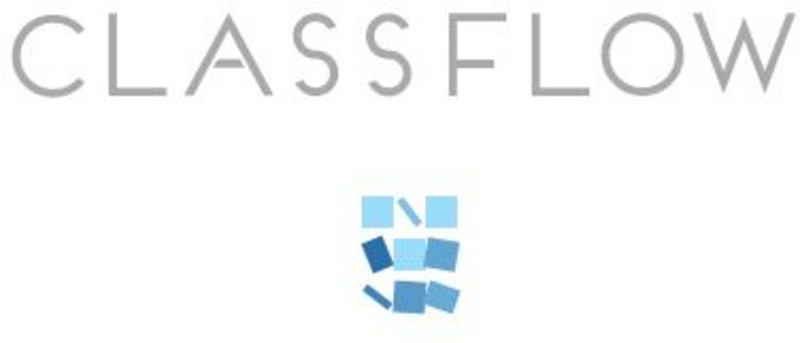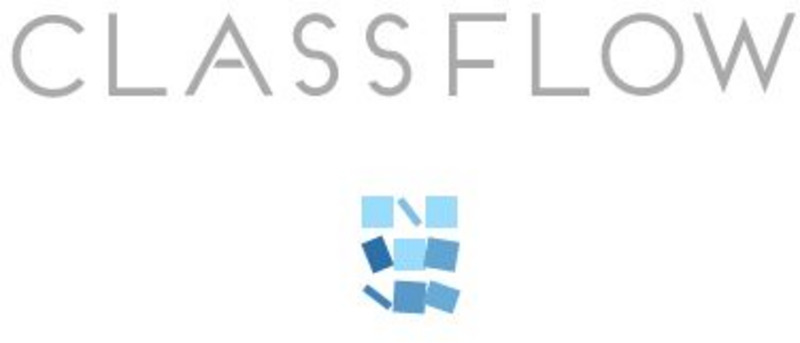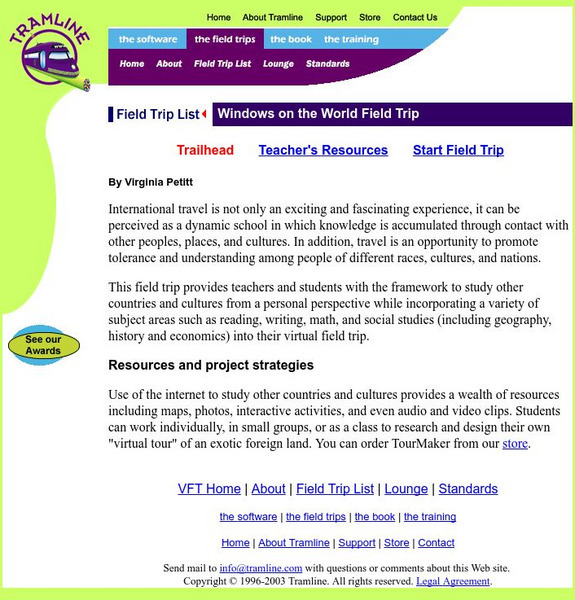Hi, what do you want to do?
Alabama Learning Exchange
Alex: A Penny for Your Thoughts
This is an outline for a week-long lesson usually taught in the month of February around President's Day. It is an interdisciplinary study combining coin identification with a literature-based study of the Presidents represented on the...
Other
In Charge: Financial Literacy for Kids
The following lessons provide guidance, lesson plans, and activities for teachers interested in introducing financial literacy concepts to students in grades K-6.
Council for Economic Education
Econ Ed Link: Every Penny Counts
Lesson that helps young scholars understand that people must make choices about the goods and services they purchase. Students recognize the prices indicate what people pay for goods and services, learn to compare prices, and understand...
SEN Teacher
Sen Teacher: Dominoes
Customize and print out paper dominoes with various symbols: money, numbers, letters, fractions, decimals, and colors.
Alabama Learning Exchange
Alex: A Scents Able Solution
Students will use a variety of math operations to create a flower bouquet within a budget. This lesson plan was created by exemplary Alabama Math Teachers through the AMSTI project.
Other
Wells Fargo: Hands on Banking: Elementary School Course
Learning game for younger students in a lesson in economics in which students learn about banking, saving, budgeting, and money.
Other
School House Technologies: Free Math Worksheets for Teachers
A collection of math worksheets covering a multitude of math topics.
LM Digital Media
Kids World Fun: Elias in the Village of Uncle Euro by Anna Kondis [Pdf]
Elias learns a lesson about how to earn an use money wisely.
ClassFlow
Class Flow: July Calendar
[Free Registration/Login Required] Daily warm-up activity/routine charts (Pledge of Allegiance, National Anthem, days of the week, money, etc.) for the month of July.
SEN Teacher
Sen Teacher: Game Dice
Use this worksheet generator to print out templates for creating large dice with symbols like coins, dots, digits, shapes, colors, animals, vowels, mathematical operators, and fractions.
Curated OER
Money's Worth
An excellent compilation of activities that engage parents and children in math explorations at home. Detailed lessons covering a wide range of math topics such as fractions, measurements, money, data collection, and math in newspapers....
Curated OER
Money's Worth
An excellent compilation of activities that engage parents and children in math explorations at home. Detailed lessons covering a wide range of math topics such as fractions, measurements, money, data collection, and math in newspapers....
ClassFlow
Class Flow: Let's Go Shopping
[Free Registration/Login Required] This flipchart allows students to count change and dollars to pay for different items. Use this flipchart in addition to your lesson or as a center activity.
ClassFlow
Class Flow: Let's Go Shopping With Nickels
[Free Registration/Login Required] This flipchart allows students to count nickels to pay for different items. Use this flipchart in addition to your lesson or as a center activity.
ClassFlow
Class Flow: Lets Go Shopping With Pennies
[Free Registration/Login Required] This flipchart allows students to count pennies to pay for different items. Use this flipchart in addition to your lesson or as a center activity.
ClassFlow
Class Flow: Lets Go Shopping With Pennies and Nickels
[Free Registration/Login Required] This flipchart allows students to count nickels and pennies to pay for different items. Use this flipchart in addition to your lesson or as a center activity.
ClassFlow
Class Flow: Lets Go Shopping With Pennies, Nickels, and Dimes
[Free Registration/Login Required] This flipchart allows students to count dimes, nickels, and pennies to pay for different items. Use this flipchart in addition to your lesson or as a center activity.
ClassFlow
Class Flow: Let's Go Shopping With Quarters
[Free Registration/Login Required] This flipchart allows students to count quarters to pay for different items. Use this flipchart in addition to your lesson or as a center activity.
ClassFlow
Class Flow: Exchanging Nickels and Dimes
[Free Registration/Login Required] In this flipchart students will practice exchanging nickels and dimes. This flipchart works great as a center or an activity to go along with your lesson. There are pages with existing problems and...
ClassFlow
Class Flow: Exchanging Nickels, Dimes, and Quarters
[Free Registration/Login Required] In this flipchart students will practice exchanging nickels, dimes, and quarters. This flipchart works great as a center or an activity to go along with your lesson. There are pages with existing...
ClassFlow
Class Flow: Exchanging Pennies and Nickels
[Free Registration/Login Required] In this flipchart students will practice exchanging nickels, pennies. This flipchart works great as a center or an activity to go along with your lesson. There are pages with existing problems and pages...
ClassFlow
Class Flow: Lets Go Shopping With Dimes
[Free Registration/Login Required] This flipchart allows students to practice counting dimes to pay for different items. Use this flipchart in addition to your lesson or as a center activity.
Education.com
Education.com: Goods and Services: Let's Make a Deal!
[Free Registration/Login Required] Have your students experience the act of trading goods and services with bartering. In this activity, students will have the opportunity to make a deal, in order to get what they want. Better yet, make...
Tramline
Virtual Field Trip: Windows on the World
At this site you will find interactive activities, maps, photos, and even audio and video clips for studying the cultures of the world.
Other popular searches
- Money Lessons Giving Change
- Counting Money Lessons
- Canadian Money Lessons
- Second Grade Money Lessons
- 2nd Grade Money Lessons
- Australian Money Lessons
- Shopping Money Lessons
- Math Money Lessons
- Money Lessons Elementary
- Fun Money Lessons
- Counting Money Math Lessons
- Adding Money Amounts Lessons













